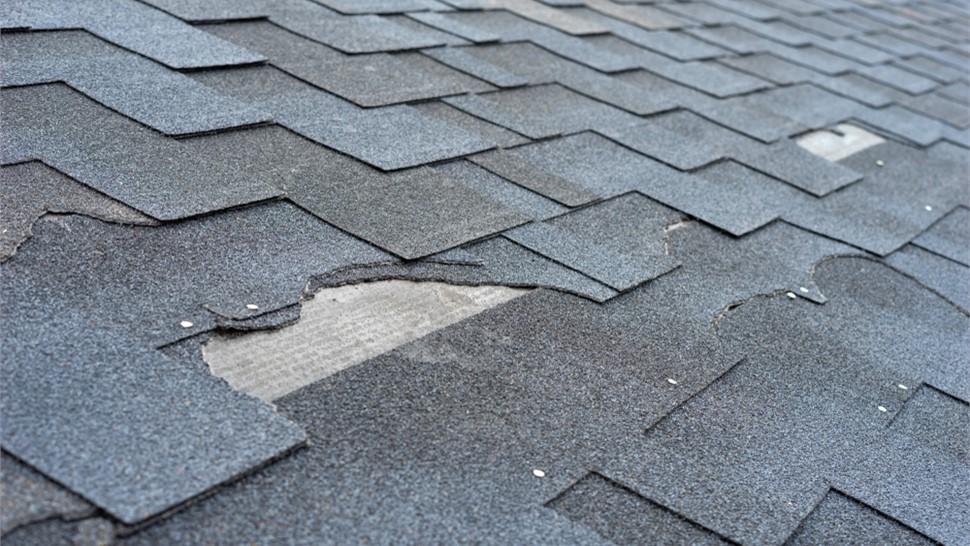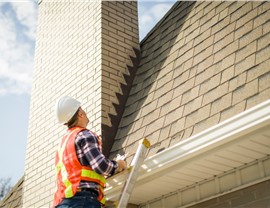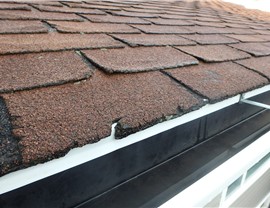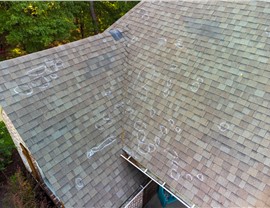When a storm hits, having a well-defined action plan can alleviate time and stress, particularly when it concerns your roof. At Built Right Roofing, we take storm damage seriously. From comprehensive inspections to swift repairs, we ensure that your home is prepared to face whatever weather Spearfish throws its way.
Halting Storm Damage in Its Tracks
Storm damage can be deceptively subtle, not always resembling a tree on top of your house. Missing shingles, dents, or even partially compromised shingles can all provide pathways for water to harm the underlying layers of your roof. At Built Right Roofing, we possess the expertise to identify even the most inconspicuous signs of storm damage.
Our dedicated team collaborates closely with you, delivering a comprehensive inspection report that you can utilize as part of your insurance claim. Recognizing the urgency, you can rely on us to promptly restore your roof.
Identifying 7 Common Signs of Storm Damage
When a storm sweeps through your community, it often leaves behind a trail of devastation, with your roof serving as the primary defense against the elements. Whether it’s a thunderstorm, hailstorm, or hurricane, your roof takes the brunt of the force, necessitating vigilance in identifying signs of storm damage. Neglecting these issues can lead to more extensive problems down the line. In this blog post, we’ll delve into some typical indications of storm damage to your roof and the importance of addressing them without delay.
1) Missing or Compromised Shingles:
Among the most conspicuous signs of storm damage are absent or compromised shingles. Strong winds and heavy rains can dislodge or damage shingles, rendering your roof susceptible to leaks and water infiltration. Be on the lookout for shingles that are curling, cracked, or completely absent. If any of these issues are evident, it’s imperative to promptly replace or repair them to prevent further harm.
2) Water Stains on Ceilings:
The presence of water stains on your ceilings or walls serves as a clear indicator of potential roof compromise. After a storm, examine your interior for any signs of water seepage. Even minor stains warrant attention, as they may suggest more extensive roof damage that isn’t immediately apparent.
3) Leaks and Dripping:
Observing water dripping from your ceiling or attic is a certain indication of a roof leak. Unaddressed leaks can lead to rot, mold development, and structural deterioration. Timely resolution of leaks can spare you from costly future repairs.
4) Loss of Shingle Granules:
Examine your gutters and downspouts for an excessive accumulation of shingle granules. Asphalt shingles often shed granules during storms, compromising their protective layer. If substantial granule loss is detected, it’s time to engage a professional roof inspection.
5) Dented or Impaired Roof Vents:
Hailstorms can inflict considerable damage on your roof, including dents and cracks in roof vents and other metallic components. Scrutinize these elements for any visible signs of damage, as they are vital for maintaining your roof’s structural integrity.
6) Sagging or Uneven Roof Lines:
A noticeable sag in your roof or an uneven roofline may indicate structural damage caused by the weight of heavy snow or water accumulation during a storm. This issue should be addressed promptly to prevent further damage or potential collapse.
7) Loose or Blocked Gutters:
Storms can lead to debris accumulation in your gutters, resulting in clogs that impede proper drainage. Additionally, strong winds can loosen gutter attachments, compromising their functionality. Regular gutter cleaning and reattachment of loose sections are essential to ensure water flows away from your roof.






